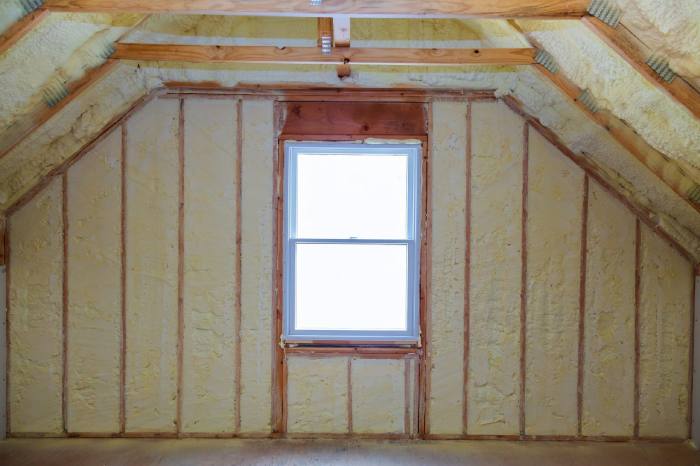Pyramids have always been things of great mystery to humanity for as long as they existed! To date, there is no conclusive documentation enumerating how humans prepared those colossal stone blocks at a time when technology was known to have supported and allowed much less. But why are we suddenly discussing pyramids? It is because of one highly regarded gentleman, Imhotep, who was the mind and hands behind much of what we see in the Egyptian culture nowadays.
Widely considered to be the first architect in the history of civilizations, Imhotep was at the helm of many projects during 2600 BC, gaining much in fame and reputation, eventually going up to the ranks of the Chief Engineer. The first mention of ‘Architecture’ appears in Vitruvius’s De Architectura in the 1st century AD, almost three millennia later. In his book, Vitruvius talks about the cardinal principles of architecture, describing it as ’a science, arising out of many other sciences, and adorned with much and varied learning: by the help of which a judgment is formed of those works which are the result of other arts’ (Vitruvius, 1914, p. 9).
The earliest traces of human attempts to encompass and utilize spaces to suit their needs goes back to the ancient settlements of Catalhoyuk, Ur, Jericho, and similar. Catalhoyuk happens to be the earliest of them, existing in time between 7100 BC to 5700 BC. Stonehenge is one such monument, one whose science is yet to be precisely uncovered. History is ripe with such takes of people building great things for themselves and their kings. And, this is proof of but one thing – even before we realized it, we have been architects ourselves, building our shelters, and then our cities and palaces. While the built environment is accredited to architects, architecture as a formal discipline of profession was only recognized during the Renaissance in the 1700s. The Design of Doors and Dome of Florence Cathedral’s commission in 1419 is often regarded as the first architectural competition, which was won by Filippo Brunelleschi (Wikipedia, 2018).
Proclaiming the moral ethics of work and what they mean for architects, Vitruvius held that architects should be courteous, honest, virtuous, temperate, and ‘keep up their position by cherishing a good reputation’ (ibid). The Vitruvian discourse, dealing primarily with the prescribed and acknowledged aspects of architecture, emphasized that architecture was ultimately for society’s betterment. He believed that the quality of architecture depends mostly on the work’s social relevance rather than its aesthetics or quality. The fundamentals of architectural theory and its interpretations after that are deeply rooted in the Vitruvian discourse that ‘all buildings must be built with due reference to durability, convenience, and beauty’ (Vitruvius, 1914, p. 13). Although the theory has always promoted ethics as an inseparable part of one’s education, their application and practice in real-world scenarios remain subjective and questionable.
Past philosophers and intellectuals, such as Leon Battista Alberti, Andrea Palladio, Henry Wotton, and Sir William Chambers mainly subscribed to the Vitruvian values of presenting beauty in terms of the ‘utilitarian benefit it bestows on man’s wellbeing’ (Spector, 2001, p. 39). In the words of Alberti, “When utility and structure are adequately addressed, beauty is an almost inevitable result.” The 19th-century German architect Karl Friedrich Schinkel maintained that ‘the task of architecture is to make something practical, useful and functional into something beautiful’ (cited in Spector, 2001, p. 39).
In the introduction of The Age of the Masters, architectural historian Reyner Banham reflects on his experiences with modernism and its famous architects. “I had the good luck to meet all of them – Le Corbusier, Frank Lloyd Wright, Walter Gropius, Richard Neutra, Mies van der Rohe. And for me, they were father figures who commanded awe and suspicion, affection, respect, and the normal pains of the generation gap” (Banham, 1975, p.3). Corbusier and Mies looked forward to a day when all houses would be machines for living, just as offices had long been machines for working. As opinionated by Banham, architecture was a courageous attempt made by the architects, as they followed the footsteps of the Masters of the Modernist movement. However, in doing so, they often emphasized marvelling at their creation, boasting about their contributions to society, and glorifying their achievements, irrespective of whether the finished product satisfied users’ needs and fulfilled their expectations (Banham 1996, p. 294).
Architecture started as utilitarian – humble settlements for the earlier humans to reside in and go about their daily duties. With time came the aesthetic factors that prompted designs to get more ornate and create elements that look at the structure pleasing to the eye. Over time, while on one side, architecture has widely been used as an agent of religion, of political and authoritarian dominance, it has also represented the need for community living, prompting social interactions, and stressing on public spaces as well. While, on the one hand, it has grown to be the symbol of power, it has also learned the art of flex humility.
Although architecture stood for Vitruvian values, new meanings have also been ascribed and associated with it lately. Alain de Botton, in 2006, describes the architectural practice as: “We ask not only that architecture do a certain thing, but also that it looks a certain way, that it contributes to a given mood: of religiosity or scholarship, rusticity or modernity, commerce or domesticity” (Chapter 2, para. 12). However, Sir George Gilbert Scott contradicts this view when he says, “Architecture, as distinguished from a mere building, is the decoration of construction” (Chapter 2, para. 8).
The shift in general perception about architecture from being useful to ornamental can be illustrated by what De Botton thought of the Doge’s Palace in Venice. He stated in 2006, “If the Doge’s Palace in Venice deserved to be classified as great architecture, it wasn’t because the roof of this giant administrative office was watertight or because it provided Venice’s civil servants with the necessary number of meeting rooms. But rather, the architects defensively suggested that it was because it sported carvings on its roof, a delicate arrangement of white and pink bricks on its facades, and deliberately slender, tapering, pointed arches throughout. Details that would have had no place in a design by a graduate of the École Polytechnique in Paris or the Engineering Academy of Dresden led to the people liking this building. The essence of great architecture was understood to reside in what was functionally unnecessary (ibid).”
In the current context, the importance of architectural consultation has fallen drastically, with the honour and reputation associated with the profession at an all-time low. However, to understand that, we need to delve deeper into the architecture profession’s nuances in the 20th Century, which will be part two of this series.



































